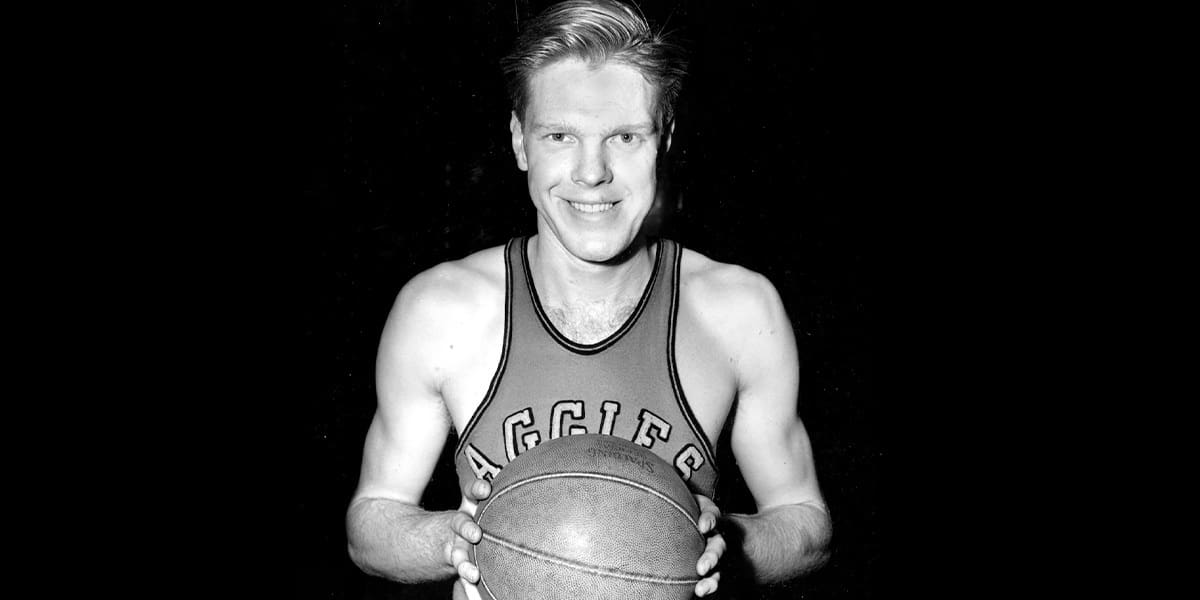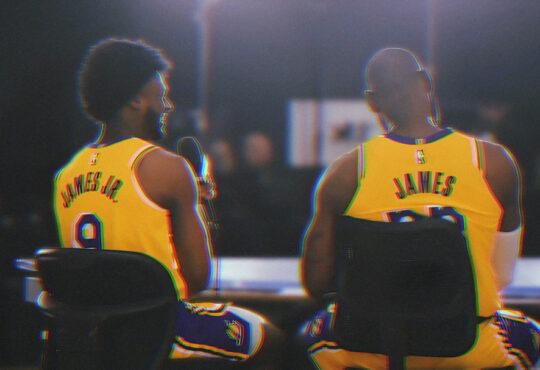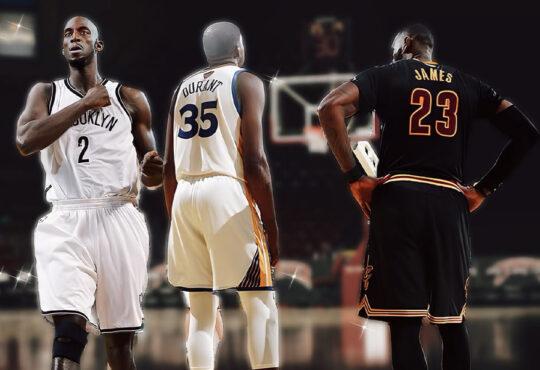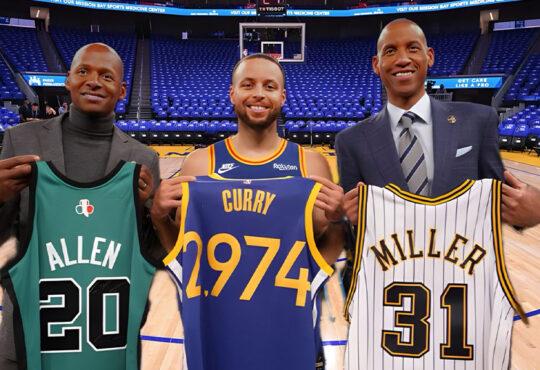
Who was the first person to dunk a basketball?
Who was the first person to dunk a basketball? Every basketball fan has a reason for the love of this game but the majority of us would agree that dunking the ball is probably the best and most attractive move in the game. Nowadays, almost every high-level basketball player can dunk but there was a player who was the first person to dunk a basketball. His name was Robert Albert Kurland.
Kurland was an outstanding basketball player in the 1940s. He led Oklahoma A&M to two consecutive NCAA championships and was the first basketball player to win two Olympic gold medals. Still, he is most remembered as the first player to ever dunk the ball.
The dunk happened by accident, recalled Kurland in a 2012 interview. His team was playing a game at Temple in 1944 and the ball bounced away under Aggie’s basket.
“The ball happened to be under the basket. I got it up and stuffed it in. That started it, I guess…it was an unintentional accident. It wasn’t planned.” said Kurland and added that he thought that, the “duffer” as it was called back in the day, was just a high percentage shot.
Kurland was born on Dec. 23, 1924, in St. Louis and grew up in Jennings, Missouri, a suburb of the city. His basketball skills were raw in high school, but he towered over everyone else. He was 6-6 as a freshman and after the armed forces deemed him too tall for wartime duty, the Hall of Fame coach Hank Iba took a chance on him.
As Kurland told in 2007, Iba said: ‘I’ve never seen anyone like you before. I don’t know if you can play basketball or not, but if you come to school here, enroll and stay eligible, I’ll see that you get a college education.’
Eventually, it ended up well for both Kurland and Iba.
Kurland arrived on the college basketball scene in 1942, when players taller than 6-5 were viewed as oddities who could do little but tower over their opponents. Labeled the first 7-footer, although he was actually 6-10 ½, Kurland made a name for himself due to his scoring, rebounding, and athleticism in blocking shots.
Playing for coach Iba, Kurland took Oklahoma A&M (now Oklahoma State) to NCAA tournament championships in 1945 and 1946. He was voted the tournament’s most valuable player each time.
In his prime, Kurland vied for dominance with George Mikan, DePaul’s 6-10 center, who outweighed him by 20 pounds. These celebrated giants of their era faced each other in 1945 at the old Madison Square Garden for what was seen as a symbolic national collegiate championship. Oklahoma A&M was coming off a victory against the New York University in the NCAA finals and DePaul had won the National Invitation Tournament. Mikan fouled out late in the first half with only 9 points. Kurland, scoring 14 points, led Oklahoma A&M to a 52-44 victory in what was a wartime contest benefiting the Red Cross.
Kurland was voted college basketball’s most outstanding player by the Helms Foundation for the 1945-46 season, when he led the nation in scoring with 643 points, for an average of 19.5 a game, when there was no shot clock and the game was played at a relatively slow pace.
But scoring did not come naturally for Kurland. “He worked hard to become good,” Iba once said. “I can remember one specific afternoon when he must have tried 600 hooks with his left hand. The first 100 didn’t hit either the rim or the backboard. The next 100 didn’t go in. After that, he started to connect.”
In February 1946, Kurland scored 58 points against St. Louis University, victimizing the 6-8 freshman Ed Macauley, who went on to a Hall of Fame career with the Boston Celtics and the St. Louis Hawks.
Kurland also impacted the rule book. Because he and George Mikan often leaped to swat away or simply snag opponent’s shots above the rim, basketball instituted defensive goaltending in 1945.
Even though Kurland was one of the best college players in the country with a wide-opened door to the pro leagues, he never went that way.
Viewing the business world as promising a secure future, Kurland shunned the pros and joined the Phillips Petroleum Company of Bartlesville, Oklahoma, as an executive. But he kept playing, leading the United States Olympic basketball team to gold medals in 1948 in London and in 1952 in Helsinki, Finland, and taking the Phillips 66ers to three national Amateur Athletic Union basketball championships.
In 1961 Kurland was introduced to the Naismith Memorial Basketball Hall of Fame.
Kurland passed away in his sleep on September 29, 2013. He was 88 years old. He was survived by his wife, two sons, two daughters, and seven grandchildren according to the Kansas City Star.






9 COMMENTS